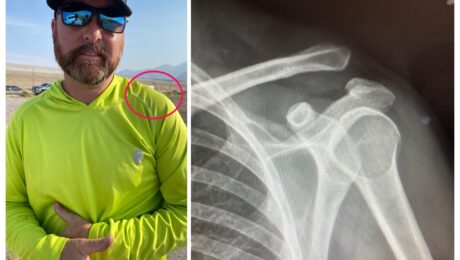Separated Shoulder & PPG
I was recently teaching a beginners course and some of the students had questions about injuries, specifically, what kind of injuries will “ground” you from flying. I thought it was a good question, and it got me thinking. In my 8 years of flying, I’ve only had a handful of times that I was “grounded” from flying due to injury or illness. I want to share some of them with you.
Lower body injuries
I think lower body injuries are most detrimental to foot launch pilots because our legs are landing gear, and if we can’t run, we can’t launch or land very well. I’ve been grounded before due to simple soreness from working out too hard or stretching a muscle. A twisted ankle, broken toes, or almost any other combination of lower-body injury is likely to ground foot launch pilots. Luckily, if you fly with wheels, you can still fly pretty easily despite any lower body injuries. Several foot launch pilots have learned to transition to wheel launch flying before/during/after injuries or procedures that will affect their lower body.
Upper body injuries
Upper body injuries are interesting because some will affect our ability to pilot the paraglider while others will not. If you have an injury that prevents you from being able to lift your arm high or from using force to pull down on the break toggles, you’ll probably be grounded until you recover. However, if you have an injury that prevents you from being able to exert force upwards (like lifting weight), but you can still pull force down, then you might be pleasantly surprised to find that you can still fly.
A couple of years ago, I separated my shoulder from a fall on the onewheel. At first, I thought I had broken my collarbone because I could feel the bone sticking up when I reached to touch it. I went to the emergency room and confirmed that it was not broken, only separated (the tendons separated from the bone). Aside from the pain, my biggest concern was that I had a big trip coming up where I was planning to take my mom up for a tandem flight in Moab. I was concerned about my ability to fly, and I didn’t want to miss out on this exciting opportunity I had to fly with my mom (it would be her first flight).
When I got home from the hospital, with my arm in a sling and a lot of pain in my shoulder, I started researching the injury and learning all about the recovery times and recommended exercises to help with recovery. In one of the videos I watched (video shared below), I was surprised to see a rock climber mention that he could quickly get back into rock climbing because the injury didn’t prevent his ability to exert force downward; it only prevented him from being able to lift the weight upward. I immediately felt motivated to strengthen my arm and shoulder so I could still plan on flying with my mom. I had 30 days till the Moab trip and was determined to be ready.
I followed the rehab protocol mentioned in the video the next day after the injury. It was difficult to lift my arm, but once it was up, I was pleased to discover that I still had all the strength needed to pull down (the only movement I needed to fly safely).
As the day got closer, my confidence grew, and I knew it would be possible. After careful consideration and several test flights to ensure I had full strength in my arms to fly safely, I decided it was safe to take her up. Almost 30 days after the injury, I was able to take my mom up for her first tandem flight in Moab, and it felt amazing!
I recognize that some injuries will definitely “ground you” from flying, and I recommend you consult your doctor before you make any decisions about flying after an injury. I only want to share my story in case you are in a situation like I was and you’re worried that you will be grounded from flying. You might be pleasantly surprised to discover that your injury prevents other movements, but it doesn’t affect your ability to fly a paraglider!
- September 7, 2021 – The day I was injured.
- September 15, 2021 – I can barely lift my arm enough to reach the brake toggles after daily rehab.
- October 2, 2021 – We arrive in Moab. Mom gets her first tandem flight! 25 days after the injury!
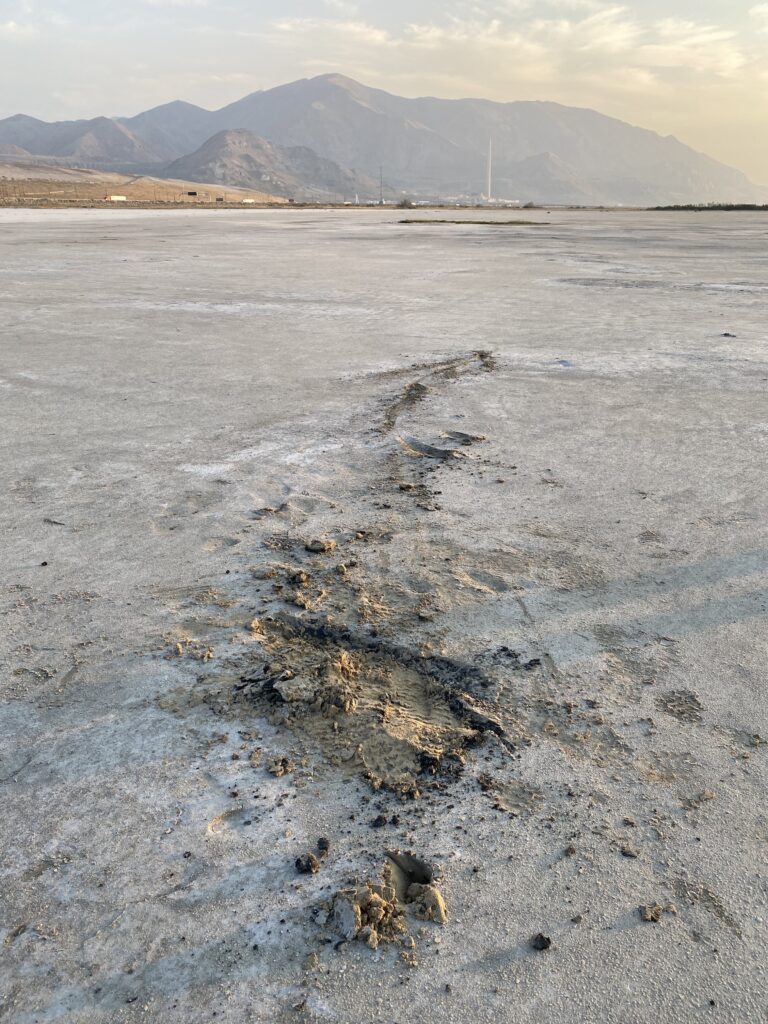
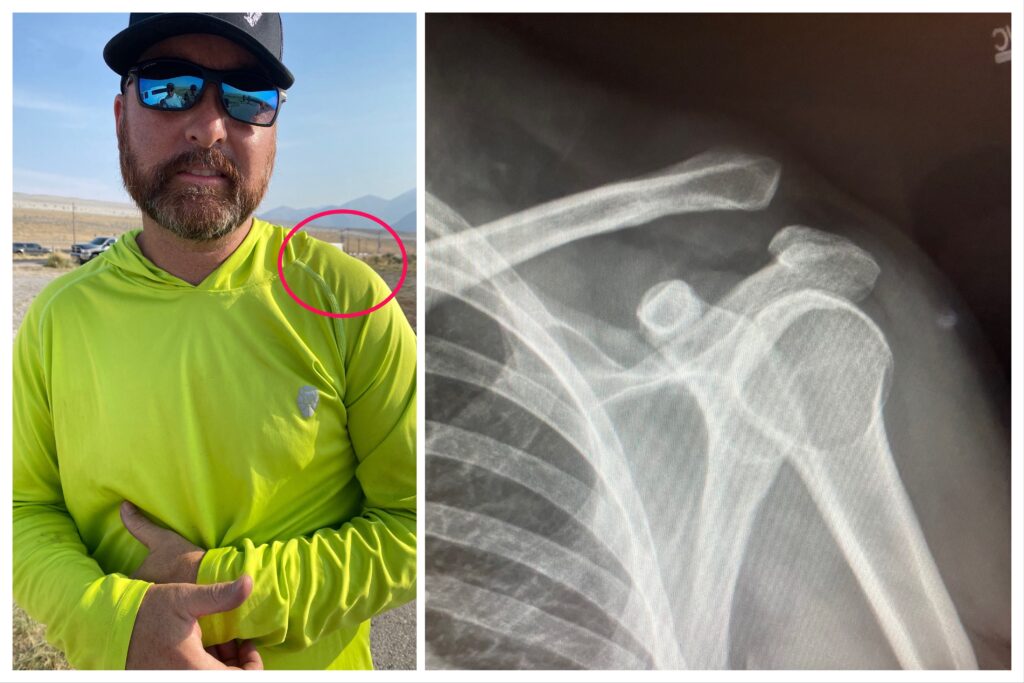
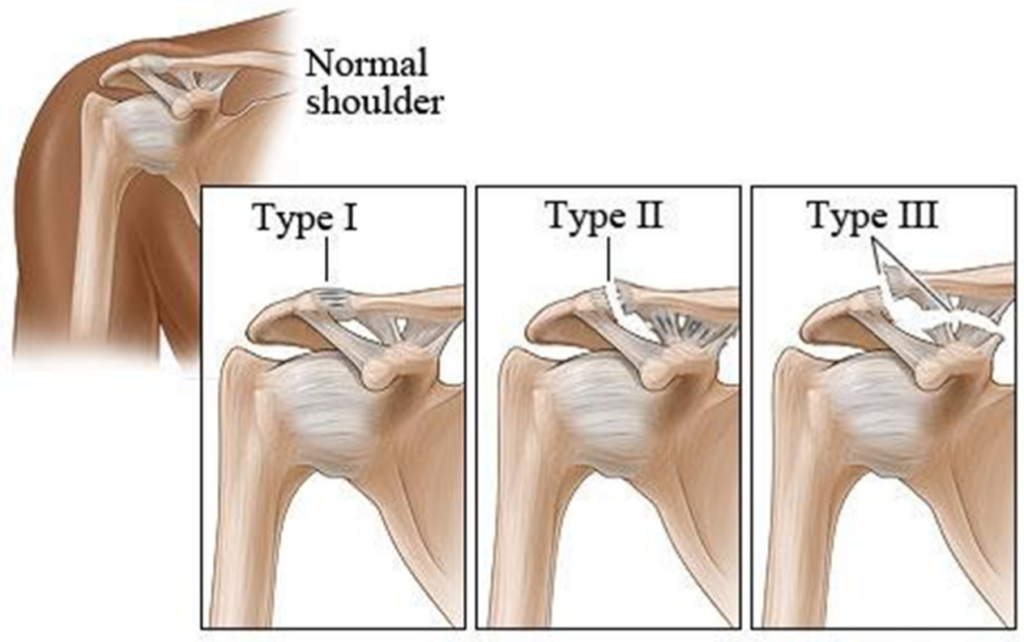
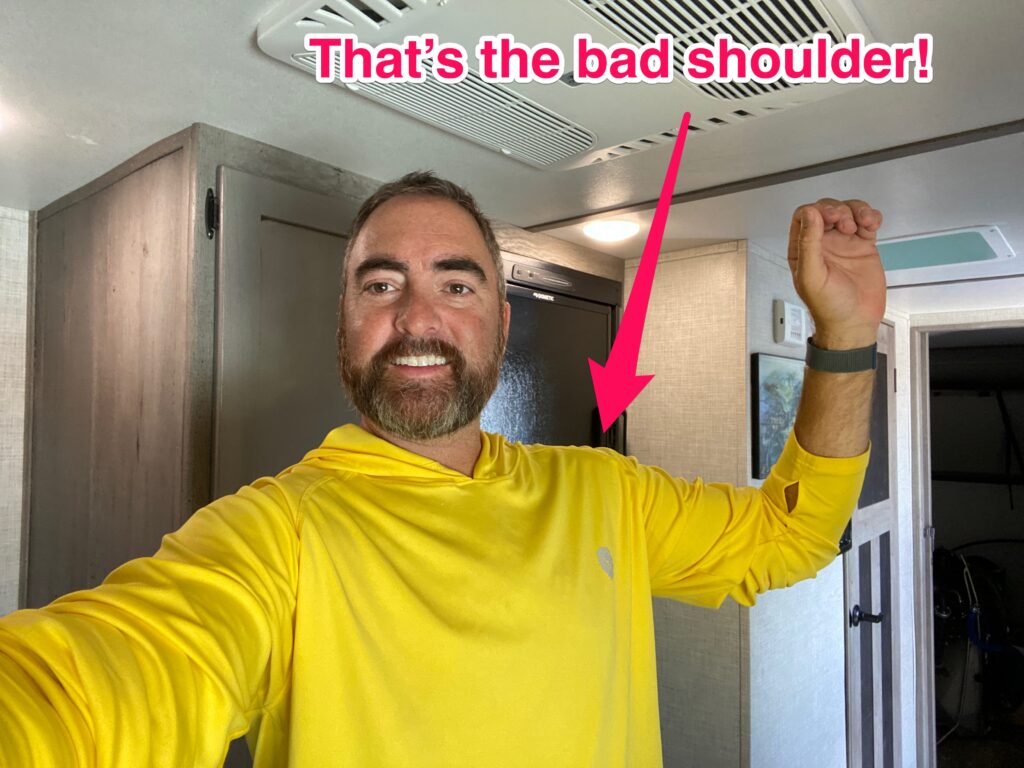
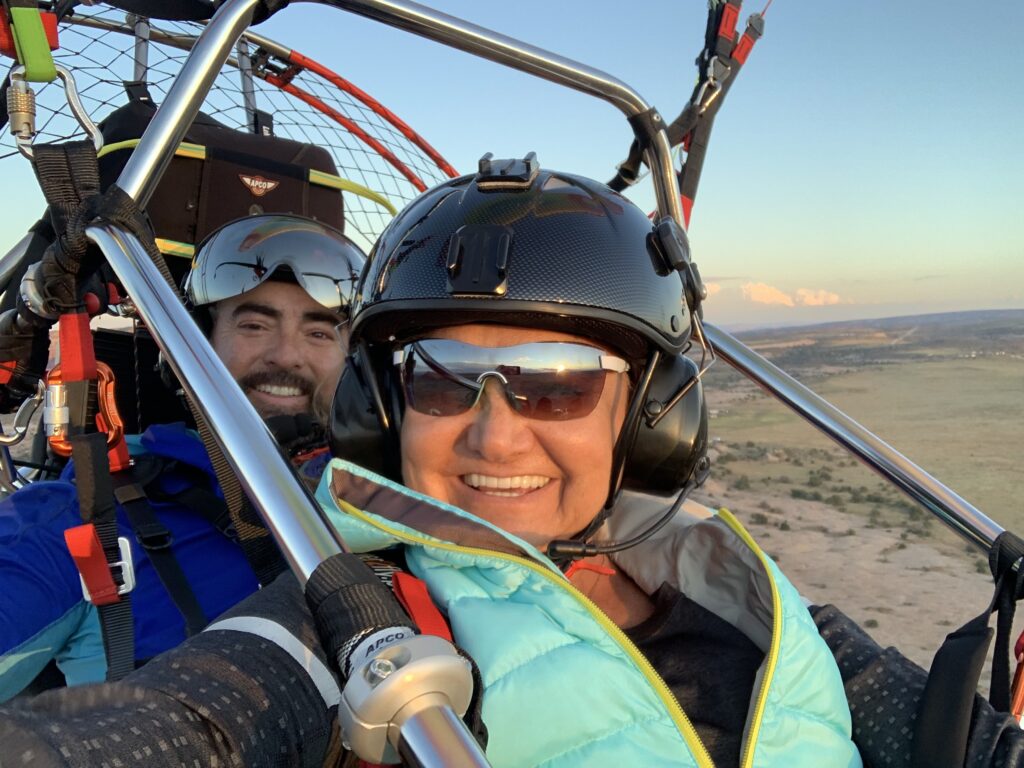
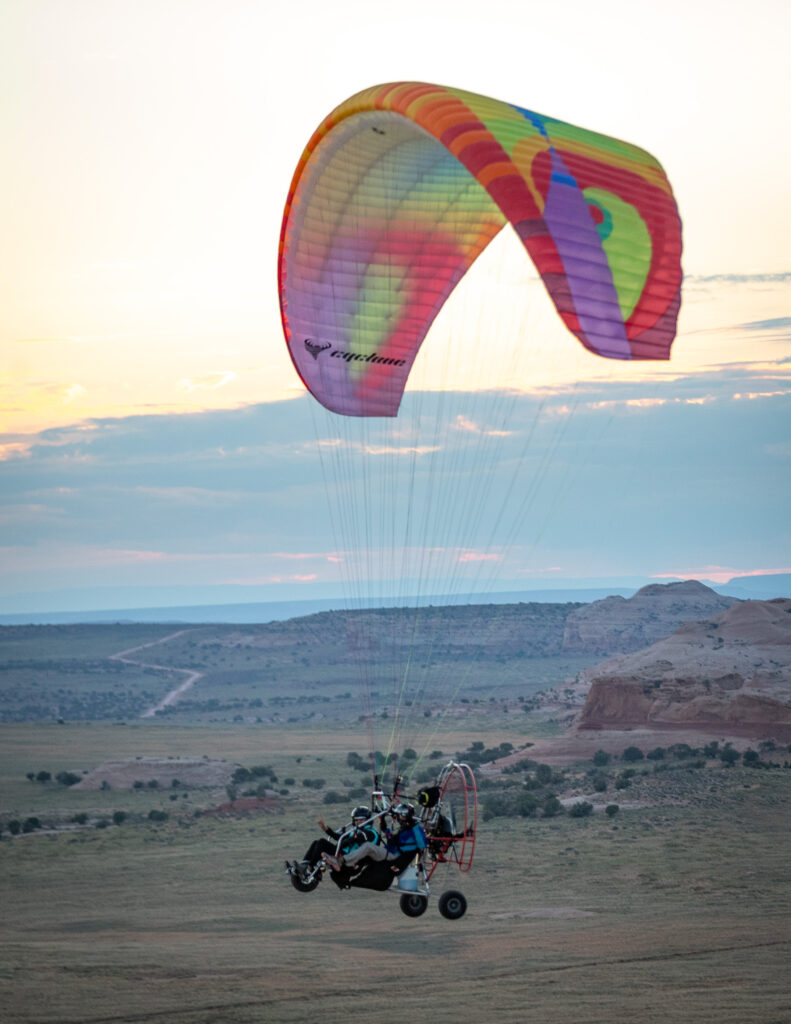
- Published in Incidents/Accidents
